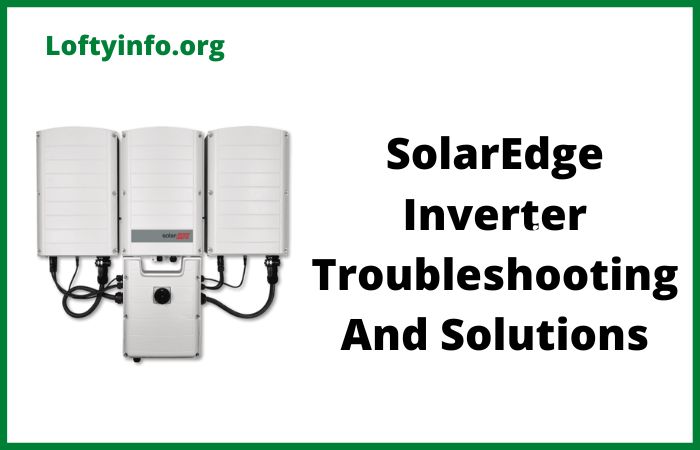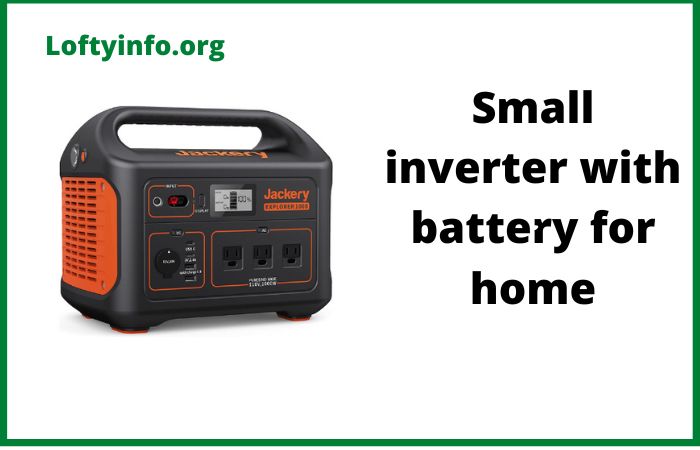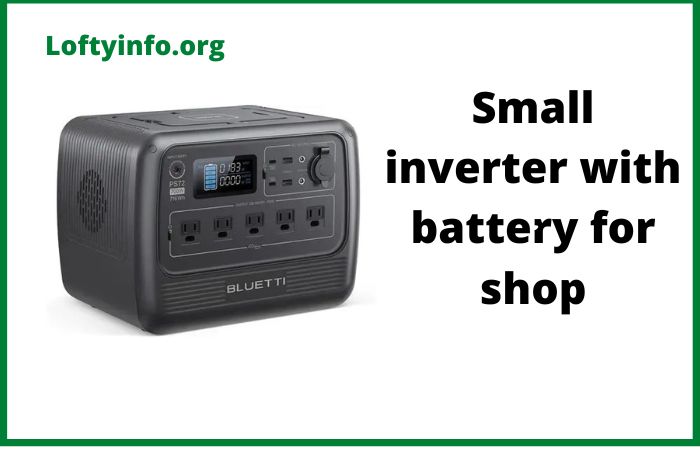How to Solve Overload Problems in Luminous Inverters
An overload condition in Luminous inverters occurs when the total power consumption of connected appliances exceeds the inverter’s rated capacity.
This triggers protective mechanisms that shut down the inverter to prevent damage to internal components.
Understanding and resolving overload issues is crucial for maintaining optimal inverter performance and longevity.
Effective Solutions to Resolve Overload Problem In Luminous Inverters
1. Load Management and Distribution Strategy
The most fundamental solution involves careful assessment and redistribution of electrical loads connected to your Luminous inverter.
Begin by creating a comprehensive inventory of all appliances currently connected to the inverter system.
Implementation Steps:
- Calculate the total wattage of all connected devices by checking their power ratings (usually found on labels or in user manuals)
- Compare this total against your inverter’s continuous power output rating
- Identify high-consumption appliances such as air conditioners, water heaters, or multiple tube lights
- Redistribute loads by connecting some high-power devices directly to the main electrical supply instead of through the inverter
- Create priority lists for essential versus non-essential appliances during power outages
This approach prevents overload without requiring additional investment in new equipment.
It also helps optimize power usage during backup situations, ensuring critical appliances receive uninterrupted power supply.
2. Upgrading Inverter Capacity
When load management alone proves insufficient, upgrading to a higher-capacity Luminous inverter becomes necessary.
This solution addresses the root cause by increasing the system’s power handling capability.
Implementation Process:
- Assess your current and projected future power requirements
- Select an appropriate Luminous inverter model with 20-30% higher capacity than your calculated load
- Consider factors such as surge power requirements for motor-driven appliances
- Ensure compatibility with existing battery configuration
- Plan for professional installation to maintain warranty coverage
Higher capacity inverters typically offer better efficiency curves and improved thermal management, reducing the likelihood of overload conditions even when operating near capacity limits.
3. Battery System Optimization
Inadequate battery backup can contribute to overload conditions, especially when batteries cannot deliver sufficient current during peak demand periods.
Optimizing the battery system enhances overall inverter performance.
Optimization Strategies:
- Evaluate current battery capacity and health using proper testing equipment
- Consider upgrading to higher Ah (ampere-hour) rated batteries if current batteries are undersized
- Implement proper battery maintenance schedules including regular water level checks for tubular batteries
- Ensure proper ventilation around battery installations to prevent overheating
- Consider parallel battery configurations to increase current delivery capability
Explore lithium-ion battery options which offer better current delivery characteristics and longer service life compared to traditional lead-acid batteries, though at higher initial cost.
4. Appliance Efficiency Improvements
Reducing overall power consumption through appliance upgrades and efficiency improvements can eliminate overload conditions while maintaining the same level of functionality.
Efficiency Enhancement Methods:
- Replace incandescent bulbs with LED alternatives, which consume 80-90% less power
- Upgrade to energy-efficient appliances with higher star ratings
- Install programmable timers to prevent simultaneous operation of high-power devices
- Implement smart switches that can automatically manage load scheduling
- Use power factor correction devices for inductive loads like motors and fluorescent lights
These improvements not only resolve overload issues but also reduce overall electricity consumption, leading to lower utility bills and extended battery backup times.
5. Electrical Circuit Modifications
Strategic modifications to your electrical installation can help distribute loads more effectively and prevent overload conditions on the inverter circuit.
Circuit Modification Techniques:
- Install dedicated bypass circuits for high-power appliances that don’t require backup power
- Implement automatic transfer switches that can selectively connect different loads based on power availability
- Create separate inverter and non-inverter circuits during electrical panel upgrades
- Install load monitoring systems that provide real-time feedback on power consumption
- Add manual disconnect switches for non-essential loads that can be quickly isolated during overload situations
All electrical modifications should be performed by qualified electricians following local electrical codes and safety standards.
Proper grounding and circuit protection must be maintained throughout the installation.
6. Advanced Monitoring and Control Systems
Implementing sophisticated monitoring and control systems provides proactive overload prevention through real-time load management and automated responses.
System Components:
- Install digital power meters that continuously monitor inverter load levels
- Implement programmable load controllers that can automatically disconnect non-essential loads when approaching overload conditions
- Use smartphone-compatible monitoring systems that provide remote alerts and control capabilities
- Deploy smart plugs and switches that can be controlled individually to manage specific appliances
- Install backup generators with automatic start systems for extended power outage situations
Advanced systems can learn usage patterns and automatically optimize load distribution, preventing overload conditions before they occur.
Some systems can even communicate with utility smart meters to implement demand response strategies.
Additional Preventive Measures
Regular Maintenance Protocol
- Conduct monthly visual inspections of all connections and components
- Clean dust and debris from inverter ventilation areas
- Test overload protection systems quarterly
- Monitor battery voltage and current regularly
- Keep detailed logs of power consumption patterns
Environmental Considerations
- Ensure adequate ventilation around inverter installations
- Protect equipment from excessive heat, humidity, and dust
- Maintain proper ambient temperature ranges for optimal performance
- Install surge protection devices to prevent damage from power fluctuations
Conclusion
Resolving overload problems in Luminous inverters requires a systematic approach combining immediate load management with strategic long-term planning.
The six solutions outlined above can be implemented individually or in combination, depending on specific requirements and budget constraints.
Regular monitoring and preventive maintenance ensure sustained performance and help identify potential issues before they cause system failures.
By implementing these comprehensive solutions, users can enjoy reliable backup power while protecting their investment in Luminous inverter systems.
The key is to match the solution approach to the specific overload scenario, considering factors such as load characteristics, budget constraints and future expansion plans.






